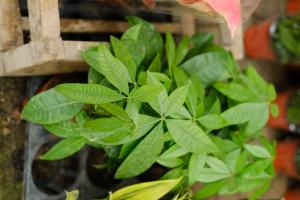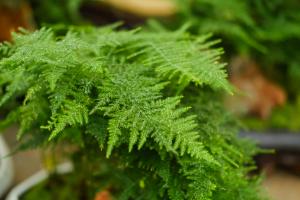Understanding Your Plant Hardiness Zone
Have you ever wondered if a particular plant will thrive in your area? One key factor to consider is the plant hardiness zone. The plant hardiness zone is a geographic area that indicates the average minimum temperature range for that particular region. Understanding your plant hardiness zone is important when selecting plants for your garden or landscape.
How to Determine Your Plant Hardiness Zone
The United States Department of Agriculture (USDA) developed a map that divides the United States into 11 plant hardiness zones based on the average minimum temperature range. To determine your plant hardiness zone, simply enter your zip code on the USDA website. Once you know your plant hardiness zone, you can choose plants that are best suited for your climate.
Using Your Plant Hardiness Zone to Choose Plants
Choosing plants that are suited for your plant hardiness zone helps ensure that they will thrive in your garden or landscape. For example, if you live in zone 6, plants that are suited for zone 10 will not survive the cold winter temperatures. Instead, choose plants that are recommended for your zone.
In addition to considering your plant hardiness zone, it is also important to consider other factors that may affect plant growth, such as soil type, sunlight exposure, and moisture levels. Researching plant characteristics and requirements will help you choose plants that will thrive in your specific location.
Plant Hardiness Zones and Climate Change
Climate change is affecting plant hardiness zones worldwide. As temperatures continue to rise, some regions will see warmer winters, resulting in a higher plant hardiness zone. Other regions may see cooler winters, resulting in a lower plant hardiness zone. It is important to stay updated on any changes to your plant hardiness zone to ensure that you continue to choose plants that are suited for your climate.
Conclusion
Understanding your plant hardiness zone is an important step in selecting plants for your garden or landscape. By identifying your zone and choosing plants that are recommended for your climate, you can help ensure that your plants will thrive in your specific location. Remember to also consider other factors that may affect plant growth and stay updated on any changes to your plant hardiness zone due to climate change.

 how many times do yo...
how many times do yo... how many planted tre...
how many planted tre... how many pine trees ...
how many pine trees ... how many pecan trees...
how many pecan trees... how many plants comp...
how many plants comp... how many plants can ...
how many plants can ... how many plants and ...
how many plants and ... how many pepper plan...
how many pepper plan...






























